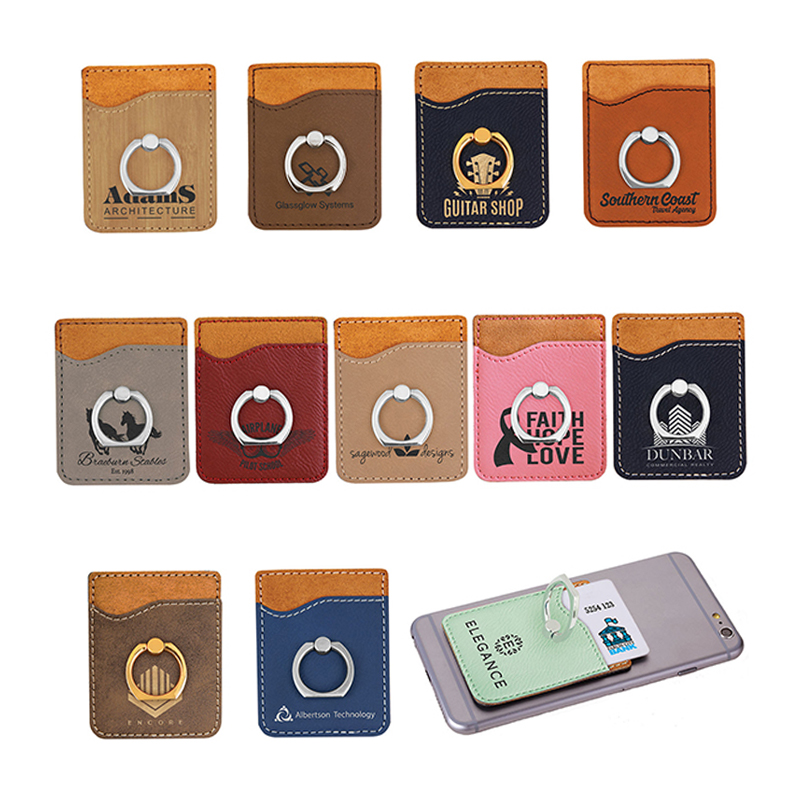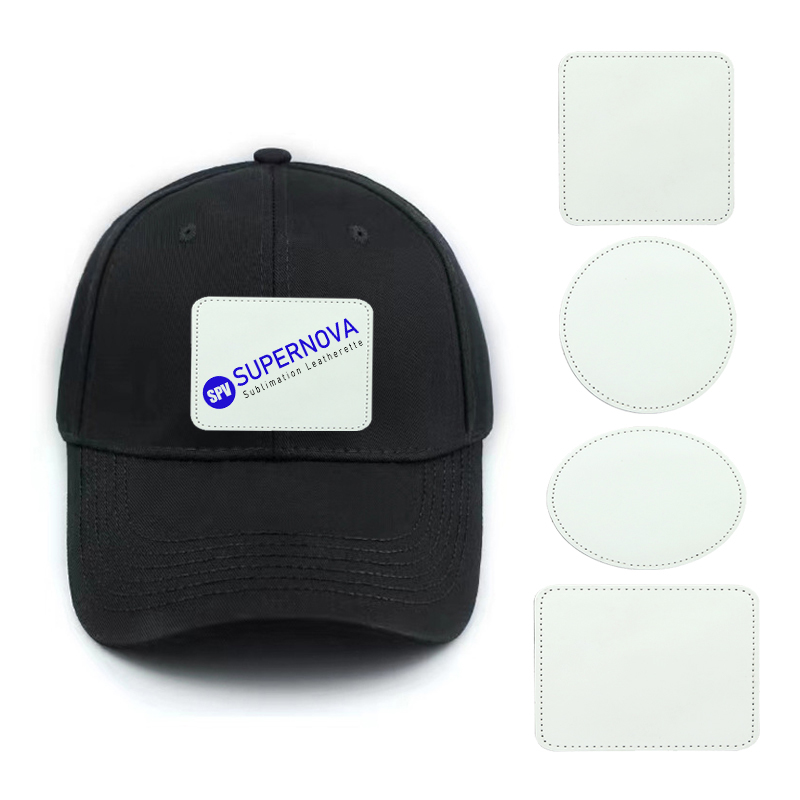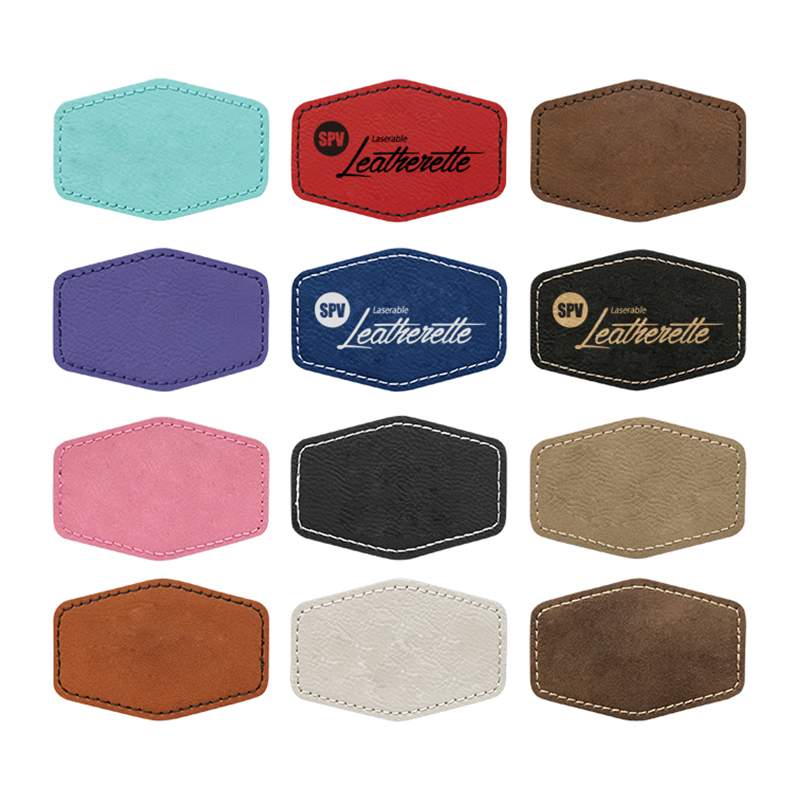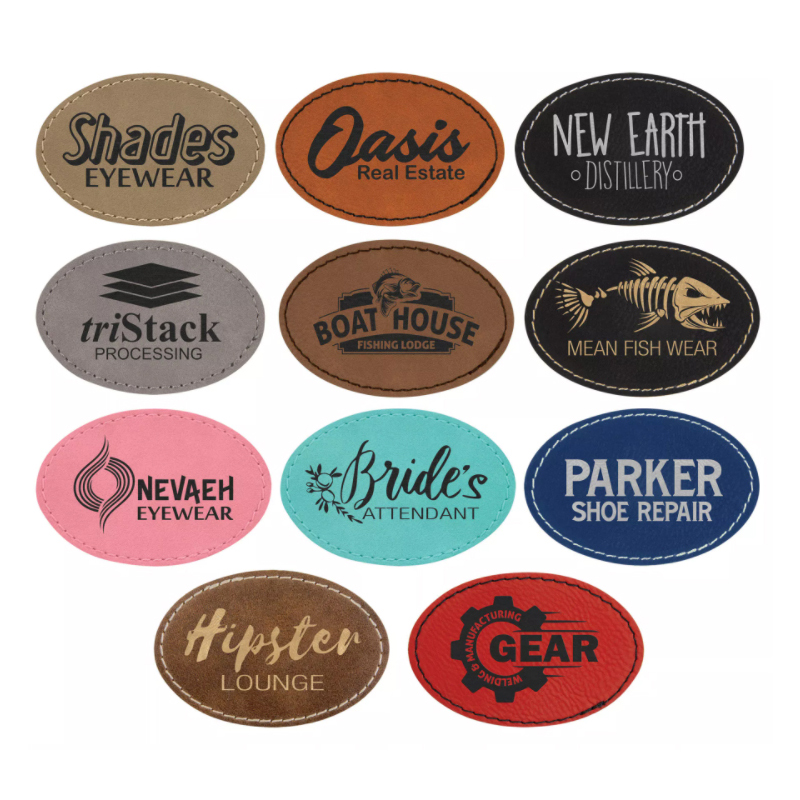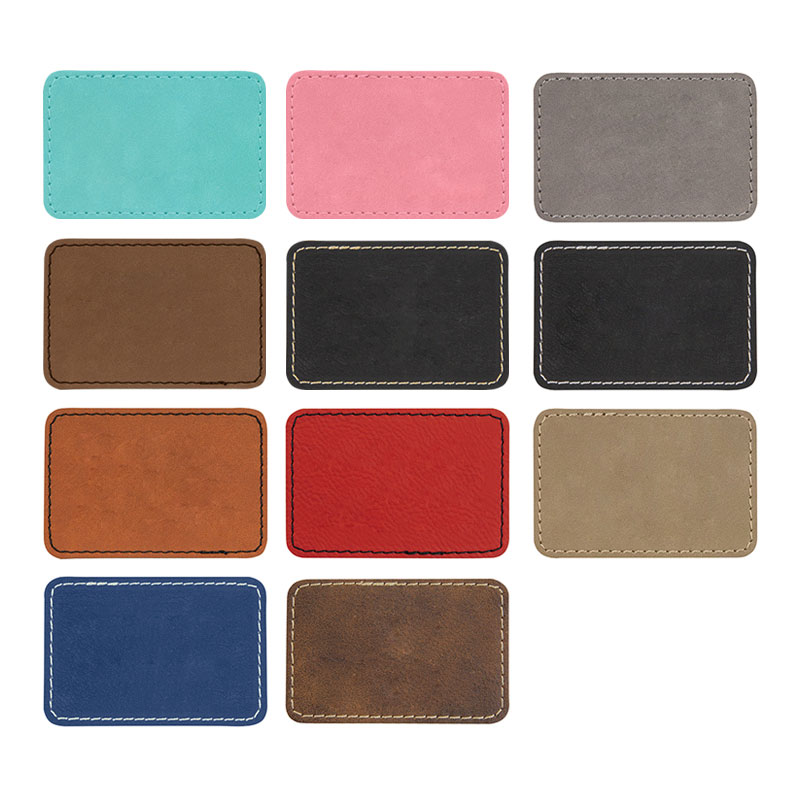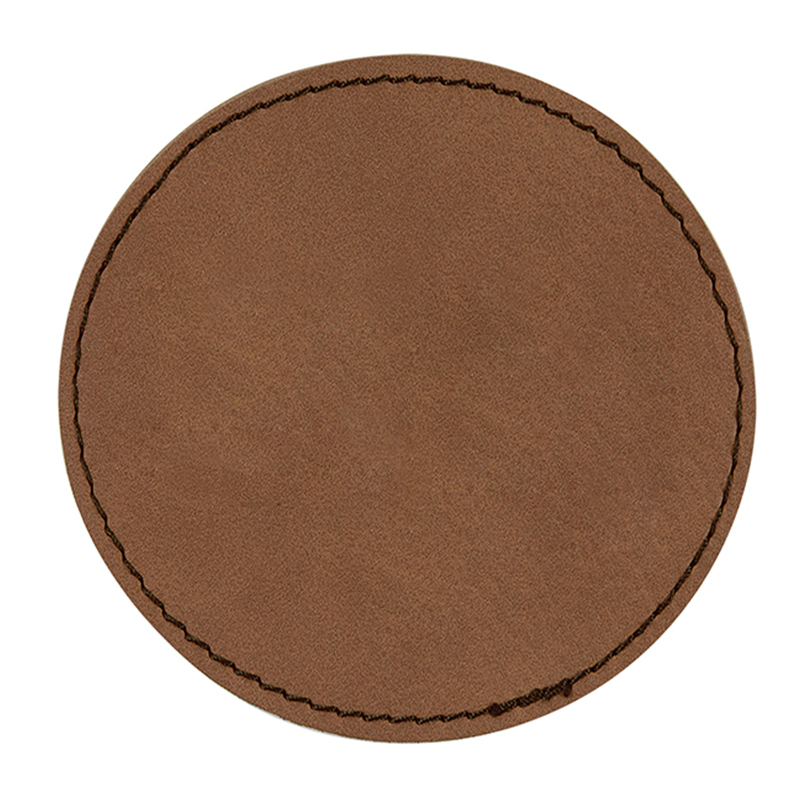Introduction of Leatherette Pet Collars Briefly introduce leatherette pet collars and their growing popularity. Leatherette pet collars have emerged as a dominant force in the pet ...
Read MoreThe innovative approach of Laserable Leatherette
2025-08-29Currently, Laserable Leatherette is benefiting from the dual upgrades in the leather products industry: the demand for personalization and environmental protection from the consumer end has sharply increased, while the production end is transforming towards intelligence and greenness. According to the 2025 industry report, consumers' demands for leather products have shifted from "durability and practicality" to "quality of life", driving enterprises to achieve high value-added designs through laser technology.
For instance, a certain brand uses laser engraving to replicate traditional patterns on the surface of imitation leather, resulting in a price increase of 30% for the product.
On the technical front, two major innovative directions stand out particularly:
Precision Laser Technology: The ultraviolet laser (with a wavelength of 355nm) can achieve ultra-thin material cutting with a precision of 0.05mm, and the pulse accuracy reaches the picosecond level (10⁻¹² seconds), meeting the processing requirements for flexible substrates of electronic components.
Material Compositing: The new Laserable Leatherette is often combined with biogenic resins (such as apple pomace fibers), maintaining the laser processing property while also having degradable characteristics. However, it still faces challenges in responding to regulations such as the EU's "Plastic Restriction Order" in the industry:
Cost threshold: High-power laser equipment (such as a 50W ultraviolet laser) requires an initial investment of over one million yuan. Small and medium-sized enterprises need to share the costs through a factory-sharing model;
Standard deficiency: Currently, there is a lack of a unified laser processing parameter database, resulting in significant fluctuations in material yield among different manufacturers (±15%)
In the future, with the popularization of AI parameter libraries (for example, a certain paper company has integrated 200+ types of material spectral data), the debugging cycle is expected to be shortened from 72 hours to 2.5 hours, further promoting large-scale applications.
Contact Us
Your email address will not be published. Required field are marked*
-
-
Why Choose Laser Engraved Leather Patches for High-Quality Custom Designs? When it comes to custom designs for fashion, branding, and accessories, the materials you choose play a c...
Read More -
Introduction to Laserable Leatherette What Is Laserable Leatherette? Laserable leatherette refers to a type of leatherette material engineered to respond well to laser processing, ...
Read More -
Unveiling the World of Leatherette Coasters: Beyond Basic Tableware Defining the Coaster: An Essential Home Accessory Before delving into the unique advantages of Leatherette Coast...
Read More






 English
English  Español
Español  Deutsch
Deutsch 